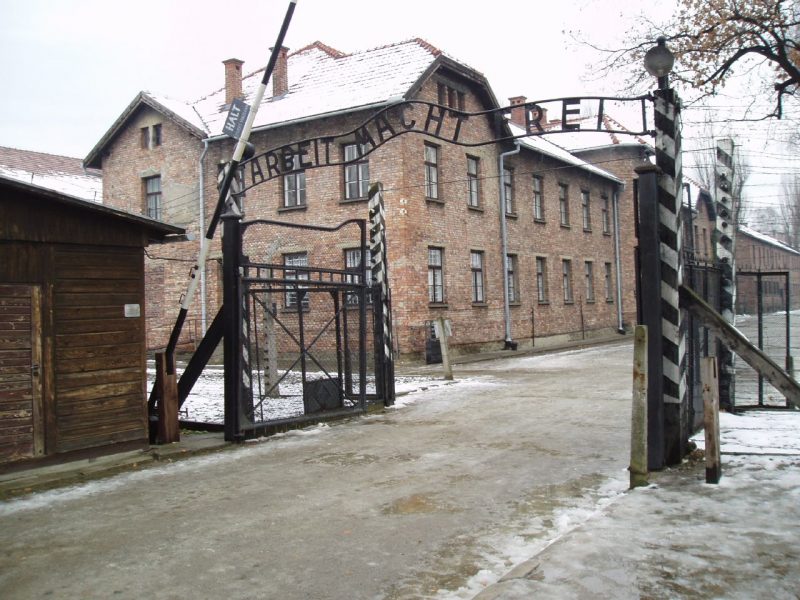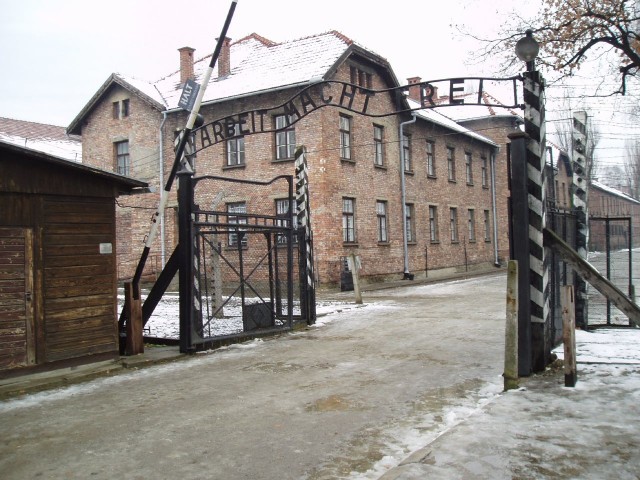Every person who has ever been to Auschwitz remembers the two tons of black and brown, blond, red, grey and white hair of those unfortunate ones who lost their lives inside the Nazi concentration camp. But you can only remember it, since all there is left now is a mass of wool like human locks.
Over one million people were brutally murdered here, most of the time within hours of their arrival. Auschwitz concentration camp was liberated by the Soviet soldiers 65 years ago, on January 27. It is located 40 miles west of Krakow and it is a site currently belonging to Unesco World Heritage.
It was used by the Nazis as a concentration camp from May 1940 to January 1945 and it has been maintained by the Polish government since 1947. However, it seems that the 155 buildings and the numerous artifacts inside, have become extremely fragile and have started to slowly deteriorate. According to the head of preservation at Auschwitz, Jolanta Banas, “our main problem is sheer numbers. We measure shoes in the ten thousands,” she said. Some other 48 members of staff work with her at the white-tiled facility.
They all work on the preservation of the huge site; some are responsible with the cleaning of a mural painting, for example, showing an idealized German family, which is now just fragments of what used to once decorate the SS canteen. Somewhere else in one of the buildings, there is a group working with erasers, brushes and pure water, to clean and then to scan about 39,000 medical records, which have turned yellow over the years. Medical information of patients and prisoners are written on everything from normal paper, cards and toilet paper, the Smithsonian.com reports.
Banas said many barracks and buildings have become so fragile, they had to be closed down for safety reasons. However, the popularity of the site is constantly growing, with the number of visitors rising every year. From 429,500 visitors recorded in 2001, the numbers have gone up to over one million in 2009.
In 2009, the United States, Israel and the European nations were asked by the Polish government to contribute to a fund which would give Auschwitz $6 million to $7 million every year, to be invested in restoration projects. It would be an extra amount of funding, on top of the $10 million annual operating budget Auschwitz receives every year.
“Auschwitz is a place of memory, but it’s not just about history—it’s also about the future,” insisted Mr Piotr Cywinski, the director of the museum.

